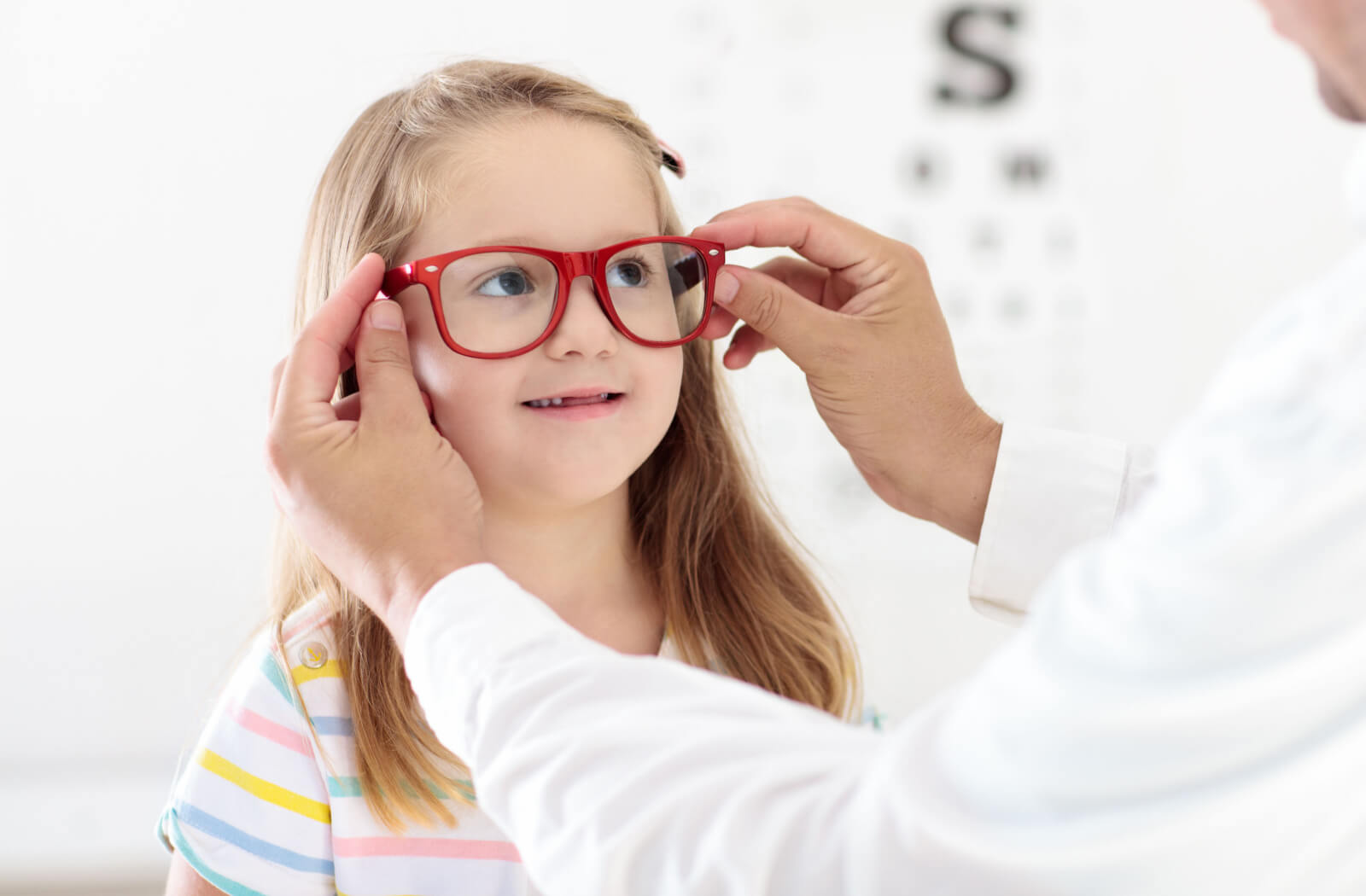Your eyes are designed to work together to send images to your brain about what you see. This synchronization is called binocular vision. If you have binocular vision dysfunction, your eyes aren’t coordinated, causing physical and visual symptoms. There are various types of binocular vision dysfunction treatment, including vision therapy.
With a trained vision therapist, Belle Vue Specialty Eye Care’s team can detect binocular vision dysfunction and intervene to help rebuild the connection between both eyes.
What Is Binocular Vision?
In those with functional binocular vision, you only see one image when your 2 eyes look at an object. Both eyes work together to merge the images and send signals to the brain about what they’re seeing.
When the eyes are uncoordinated, visual processing can be a struggle and lead to a range of symptoms like blurry vision, eye strain, or shadowed images.
What Is Binocular Vision Dysfunction?
Binocular vision dysfunction can occur when the eyes are misaligned and impair your eyes’ ability to work as one. In children, binocular vision dysfunction can cause amblyopia (lazy eye) or strabismus (crossed eyes).
These vision conditions can lead to loss of visual acuity, poor depth perception, and increased refractive errors, such as nearsightedness, farsightedness, or astigmatism.
Visual perception problems are common symptoms of binocular vision dysfunction. Those with binocular vision dysfunction can experience issues such as:
- Perception of overlapping images
- Shadowed images
- Blurry vision
- Eye strain
- Sensitivity to light, seeing glare or halos
- Trouble with low-light vision
Physical symptoms can occur when your eye muscles strain to correct alignment, focus, and accommodate vision. It’s possible to experience symptoms such as:
- Motion sickness
- Nausea
- Headaches
- Soreness in the back, neck, or shoulder muscles
Children can also suffer from convergence insufficiency because of misaligned eyes. Conversion insufficiency is an ocular problem where the eyes aren’t able to accommodate or focus as objects are close up, leading to symptoms including:
- Fatigue while reading
- Problems with concentration
- Skipping lines when reading
- Difficulty with reading comprehension
- Loss of place when reading
Adults can experience binocular vision dysfunction, often as a result of a neurological event, a traumatic brain injury (TBI), a severe concussion, or a stroke.

Vision Therapy for Binocular Vision Dysfunction in Children
Using visual exercises and tools laid out in a personalized treatment plan, a trained vision therapist can work with your child to help strengthen the brain-eyes connection to overcome binocular vision dysfunction. Some skills we’ll help your child work on during a vision therapy session for binocular vision dysfunction can include the following:
- Improving hand-eye coordination
- Correcting double vision, or diplopia
- Improving poor depth perception, distance judgment, and stereo vision
Your child’s brain is evolving, growing, and forging new neural connections through neuroplasticity. By working on visual skills, their brains can use the stimuli from our exercises and therapeutic activities to reorganize themselves and improve the coordination between both eyes and the brain.
There are additional treatments for binocular vision dysfunction, including prism eyeglasses and surgery.
Due to their continuous growth, children’s brains are highly malleable, so early intervention with vision therapy to correct vision conditions such as binocular vision dysfunction may be more effective than waiting.
Binocular Vision Dysfunction Misdiagnosed
Seeing a professional eye care team trained to detect problems like binocular vision dysfunction can help you receive proper treatment. The optometrists and vision therapists at Belle Vue Specialty Eye Care can help prevent a misdiagnosis by offering an alternative explanation to explore.
Your child may have binocular vision dysfunction misdiagnosed as something else, such as:
- Dyslexia, reading, or learning disabilities
- Vertigo
- Migraines
- ADHD
- Anxiety
If your child is struggling with concentration, has trouble staying still in class, is showing problems with reading, or exhibiting behavioral issues, a thorough eye exam and assessment can help determine if they’re struggling with their vision.
Children may be unable to verbalize their vision problems if they’re too young or don’t realize their perception is atypical. Children may benefit from vision therapy if they show behaviors like:
- Squinting or tilting their head
- Rubbing their eyes frequently
- Writing numbers backward
- Having symptoms of amblyopia or strabismus
Treat Binocular Vision Dysfunction with Vision Therapy
Whether you’re an adult with a neurological issue, TBI, concussion, or stroke causing binocular vision dysfunction, or your child is showing signs of misaligned eyes, individualized vision therapy treatment plans and supervision from our trained vision therapists can help encourage both eyes to work together.
Improving your visual skills can help improve daily functioning, support your child’s academic performance, and make their hobbies more enjoyable. If your child’s experiencing behavioural problems, learning struggles, or signs of ADHD, visit the doctors at Belle Vue Specialty Eye Care to discover if vision problems are the cause.


